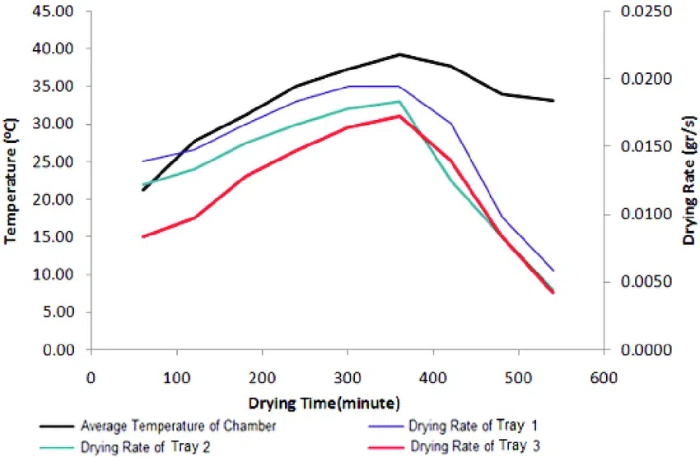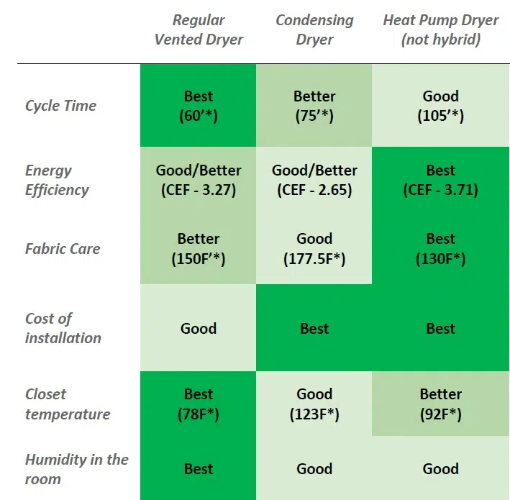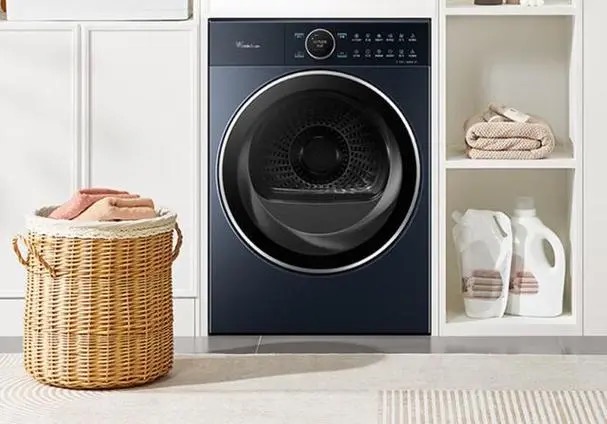
Content Menu
● Introduction
● Understanding Heat Pump Dryer Technology
● Drying Time Comparison
>> Factors Affecting Drying Time
● Benefits of Longer Drying Times
>> Energy Efficiency
>> Gentle Fabric Care
● Practical Tips for Optimal Use
>> Load Organization
>> Program Selection
● Making the Most of Your Heat Pump Dryer
● Future Developments
● Frequently Asked Questions
>> Q1: Why do heat pump dryers take longer to dry clothes?
>> Q2: How much longer does a heat pump dryer take compared to a conventional dryer?
>> Q3: Can I speed up the drying process in a heat pump dryer?
>> Q4: Are heat pump dryers worth the longer drying time?
>> Q5: Do all loads take the same amount of time to dry?
Introduction
As energy efficiency becomes increasingly important in our daily lives, heat pump dryers have emerged as an innovative solution in the laundry room. However, one of the most common questions potential buyers ask is about their drying time. This comprehensive guide will explore the timing aspects of heat pump dryers and help you understand what to expect when using this eco-friendly appliance.
Understanding Heat Pump Dryer Technology
Heat pump dryers represent a significant advancement in laundry technology. These appliances use a sophisticated heat exchange system that recycles hot air to dry clothes, making them highly energy efficient. Unlike conventional dryers that expel hot air outside, heat pump dryers recirculate the air, extracting moisture and maintaining lower operating temperatures.
Drying Time Comparison
When comparing drying times between different types of dryers, it's essential to understand that heat pump dryers generally take longer than conventional models. This extended drying time is a direct result of their operating principle, which prioritizes energy efficiency and gentle fabric care over speed.

Factors Affecting Drying Time
Several factors influence how long it takes for a heat pump dryer to complete a cycle:
1. Load Size
2. Fabric Type
3. Initial Moisture Content
4. Selected Program
5. Ambient Temperature
6. Machine Maintenance
Benefits of Longer Drying Times
While the extended drying time might initially seem like a disadvantage, it comes with several important benefits:
Energy Efficiency
The slower drying process allows for optimal energy usage, resulting in significantly lower power consumption compared to conventional dryers. This translates to reduced electricity bills and a smaller carbon footprint.
Gentle Fabric Care
The lower operating temperatures and gradual drying process are much gentler on clothes, helping to preserve fabric quality and extend garment life. This is particularly beneficial for delicate items and temperature-sensitive materials.

Practical Tips for Optimal Use
Load Organization
To maximize efficiency and minimize drying time:
- Sort laundry by fabric type
- Avoid overloading
- Ensure proper spin cycles in the washing machine
- Clean the lint filter regularly
- Position items evenly in the drum
Program Selection
Modern heat pump dryers offer various programs optimized for different types of loads:
- Quick dry for small loads
- Eco mode for maximum energy efficiency
- Intensive for heavy items
- Delicate for sensitive fabrics
- Mixed load for everyday laundry
Making the Most of Your Heat Pump Dryer
To optimize drying times while maintaining energy efficiency:
- Use the highest appropriate spin speed in your washing machine
- Clean filters and condensers regularly
- Avoid mixing heavy and light items
- Consider ambient temperature and humidity
- Use sensor drying programs when available
Future Developments
Manufacturers continue to innovate and improve heat pump dryer technology. Newer models are incorporating features like:
- Smart sensors for optimal drying
- Hybrid heating systems
- Advanced moisture detection
- Improved air circulation
- Enhanced energy efficiency

Frequently Asked Questions
Q1: Why do heat pump dryers take longer to dry clothes?
A: Heat pump dryers operate at lower temperatures and use a closed-loop system to recycle heat, which results in longer drying times but significantly reduced energy consumption and gentler fabric care.
Q2: How much longer does a heat pump dryer take compared to a conventional dryer?
A: Heat pump dryers typically take 1.5 to 2 times longer than conventional dryers, with average cycles ranging from 90-120 minutes compared to 45-60 minutes for traditional dryers.
Q3: Can I speed up the drying process in a heat pump dryer?
A: Yes, you can optimize drying times by ensuring proper load size, using appropriate spin cycles in your washing machine, regular maintenance, and selecting the right drying program for your needs.
Q4: Are heat pump dryers worth the longer drying time?
A: For most users, the benefits of reduced energy consumption, lower operating costs, and better fabric care outweigh the longer drying times, making heat pump dryers a worthwhile investment.
Q5: Do all loads take the same amount of time to dry?
A: No, drying times vary significantly based on factors such as load size, fabric type, moisture content, and selected program. Lighter loads and synthetic materials typically dry faster than heavy items or natural fibers.












